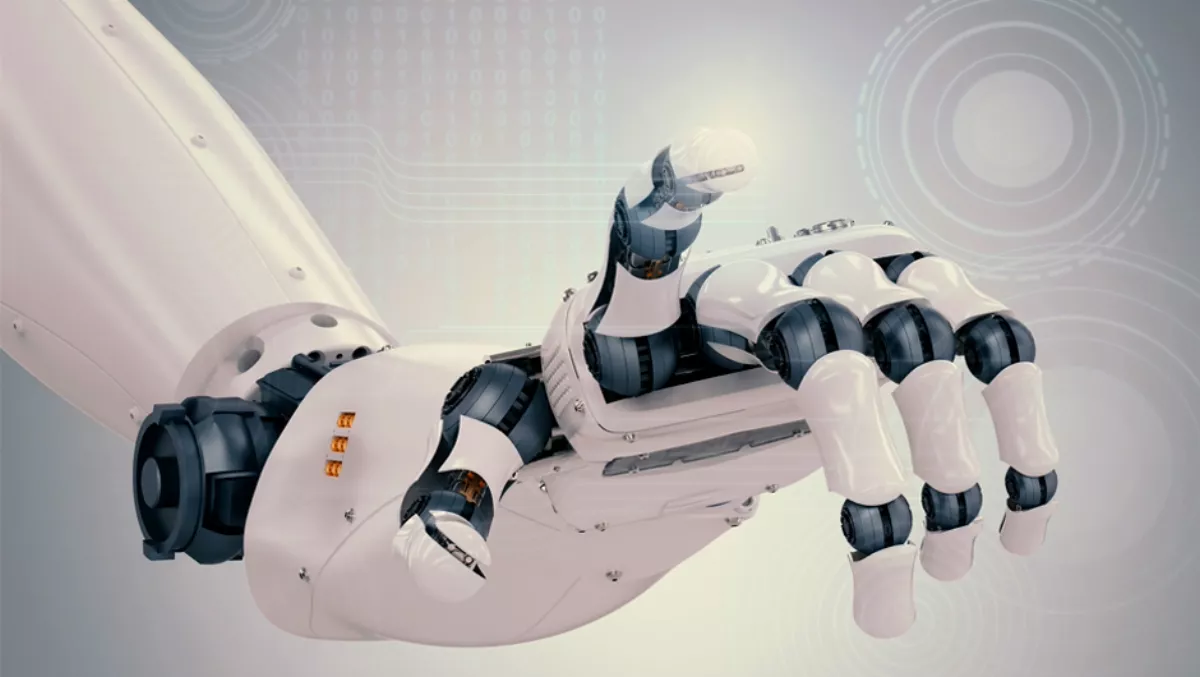
University brings robots to show and tell at Fieldays
The robotics revolution reaches Fieldays 2017, with horticultural robots on display. University of Waikato (UoW) will bring some mechanical friends from Tauranga's Robotics Plus along to the event. Their stand will host the latest Autonomous Mobile Multi-purpose Platform (AMMP) bot and some fruit-picking prototypes. UoW Engineering Professor Mike Duke says it's time the agricultural industries embrace this 21st Century tech. "Robots never sleep, and this makes them ideal workers. They'll do the menial work humans should no longer be expected to do. Increasingly, robots will be built to work in industries that struggle to maintain a full workforce." Robotics Plus' Dr Alistair Scarfe developed the AMMP machine to reduce labour costs and provide an autonomous harvesting system. AMMP is able to drive around an orchard on its own, its sensing technology makes it stop in the right place and perform its task. Detachable customs arms mean the robot has the right task for the job and can switch out between tasks. Duke says smart machinery and robotics should be introduce to New Zealand's primary industries as they could save a lot of money and improve safety. "Robots have been used for decades in automotive factories and, more recently, they've been introduced in horticultural pack houses. However, 'in field' robotics are more challenging because of the variability of the environment and products." The latest developments in computing power, algorithms, sensors, and manufacture technologies are helping robotic solutions become a more viable option, says Duke. Pollination, weed-spraying, transportation and quality control could all be on the cards very shortly with the rate horticultural robotics are advancing. Partnerships with universities are advancing the robotic revolution in New Zealand. With the UoW engineering department working on robotic attachments, and the University of Auckland developing sensing and software systems to increase environmental navigation. With 70% of New Zealand's merchandise exports coming from primary industries, it's important to explore the possibilities for technology to keep the country at the top of its export game.

